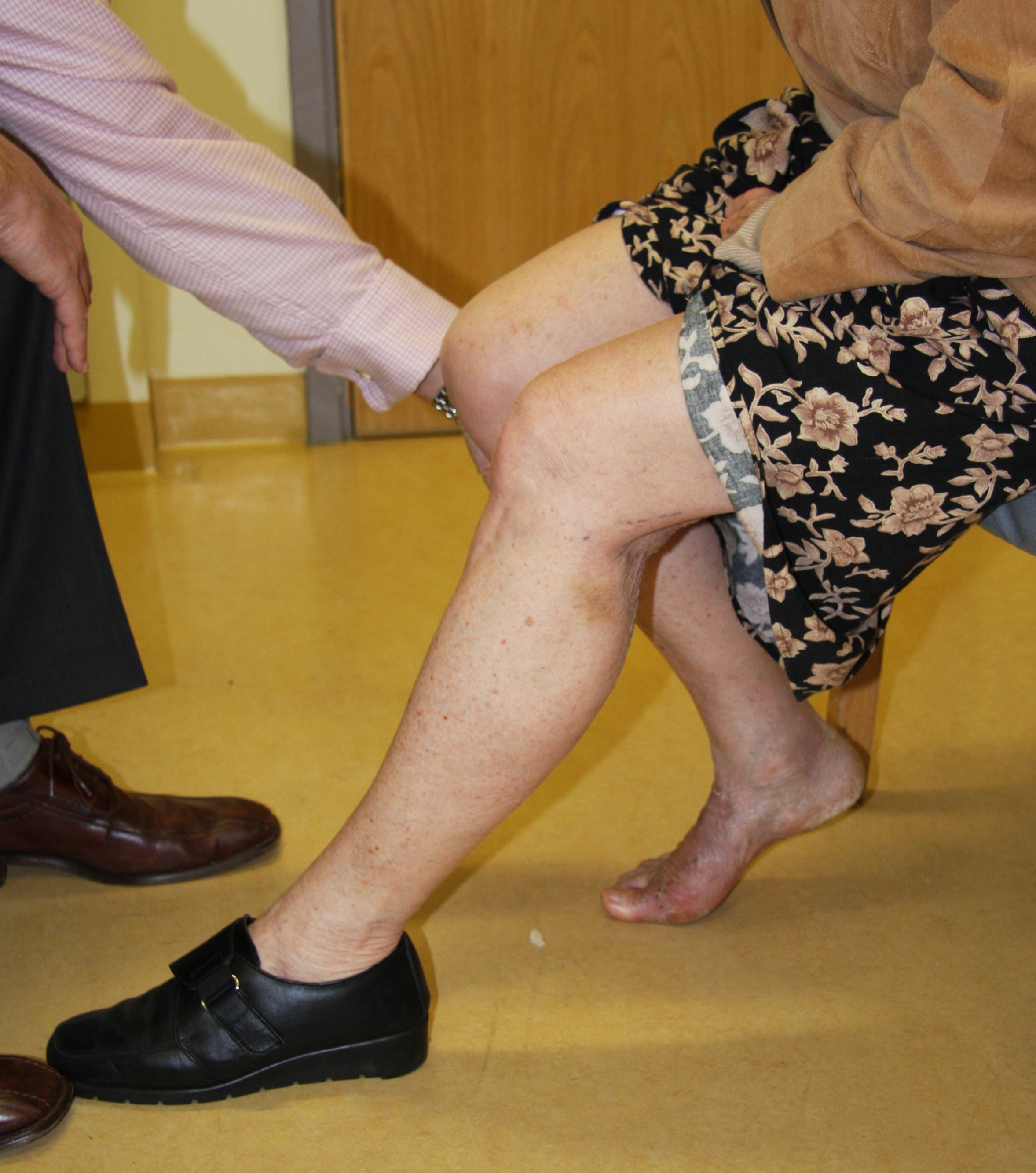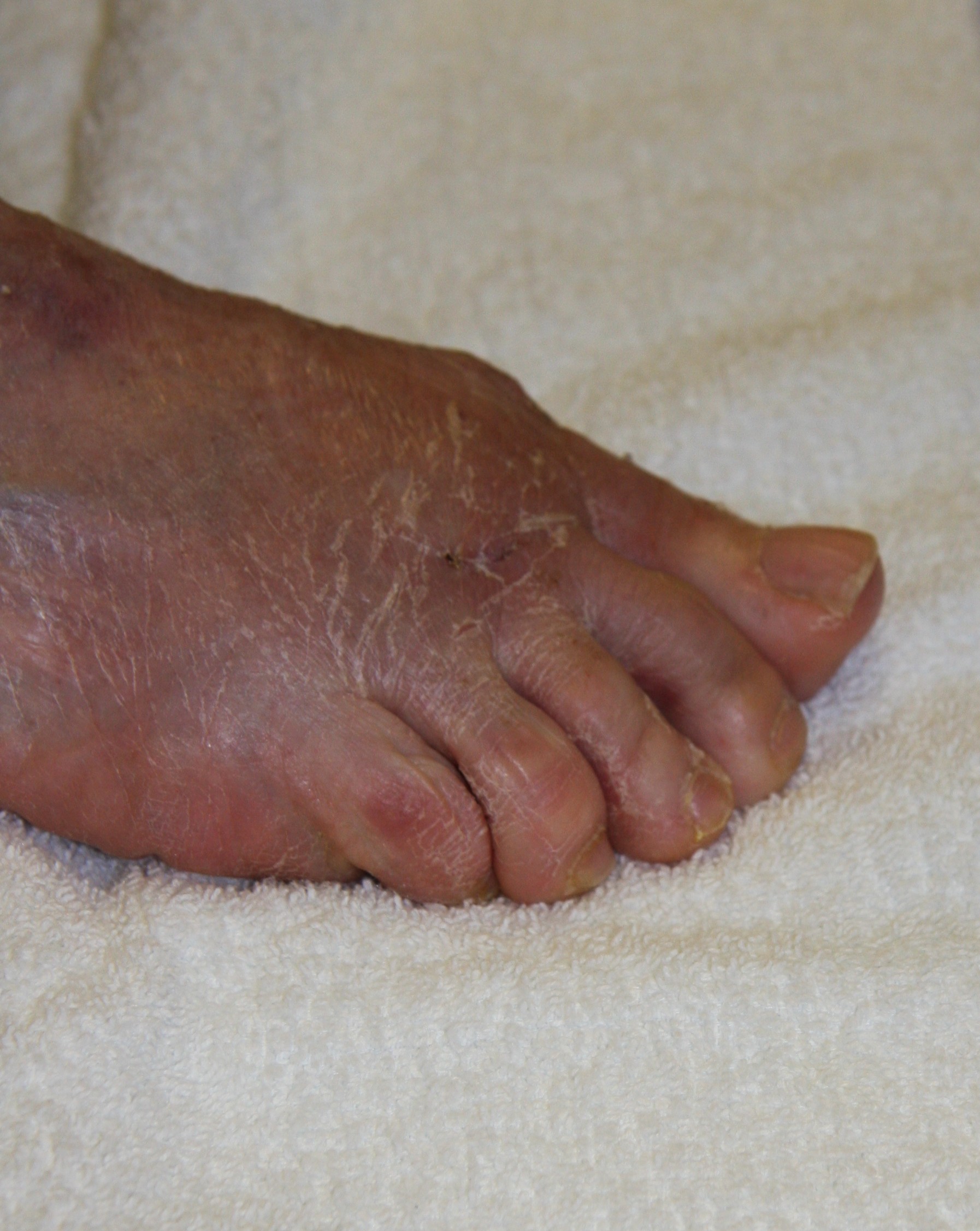Advice for patients following foot surgery with Mr. Cichero
Post 1st MPJ (Metatarsophalangeal Joint) Surgery
These exercises should be undertaken 2-3 times a day for 3 months after the surgery.
Warm up the joint with a heat bag for approximately 1 minute. Clasp the big toe at its base with your thumb and index finger. Move the joint up until discomfort is felt and hold this position for 10 seconds. Now move the joint down, again until discomfort is felt and hold this position for 10 seconds. Repeat this 20 times.
Sitting on a chair, place your operated foot under the chair, raising your heel, forcing your big toe joint to bend. Now, using your rests to moderate the amount of pressure you place through your foot, lift yourself out of the chair, putting as much weight through the big toe joint as is comfortable. Repeat this 20 times.
Place a towel on the floor – attempt to clasp the towel with your toes – repeat this 10 times.
Lesser toe surgery
Sitting on a chair, place your operated foot under the chair, raising your heel, forcing your big toe joint to bend. Now, using your rests to moderate the amount of pressure you place through your foot, lift yourself out of the chair, putting as much weight through the big toe joint as is comfortable. Repeat this 20 times.
Place a towel on the floor – attempt to clasp the towel with your toes – repeat this 10 times. See Exercise 3 (below).
Ankle ligament reconstruction
Raise and lower your ankle up and down 20 times, repeating hourly.
Post Surgery to First Great Toe Joint
You can remove your post-operative shoe and return to sensible fitting footwear such as trainers or casual walking shoes. While most people are able to return to normal footwear at this time, some patients may take a little longer to adjust. If you have had a secondary operation, such as the correction of a hammer toe, you may need to wear your protective shoe for a little longer.
Walking is recommended on a daily basis to help accelerate your recovery. This regular exercise will help to increase blood flow through your feet and hasten the healing process. While most people are able to return to normal walking at this time, some patients may take a little longer to adjust their gait following their surgery. There is no limit to how long you are on your feet although you may need to rest with your feet elevated if swelling occurs.
Helpful Hints
It must be remembered that swelling may be ongoing for anywhere up to 6-12 months following your surgery and that massage therapy on a daily basis will help reduce this. Usually, a cream such as Vitamin E is useful to aid in self massage therapy. Alternatively, a ‘tubi-grip’ compression garment can be purchased from the pharmacy to help with swelling.
Washing/showering your feet at this stage is acceptable, remembering not to soak your feet for too long as your surgical wounds are still fragile. Avoid powder on the skin as this will only ‘clog’ the surgical wound. Massaging the surgical wound on a daily basis using Vitamin E cream [as above] will help to reduce scar formation which is sometimes a source of frustration for patients.
If you have worn orthoses/arch supports in the past then you should return to using these devices if instructed to do so by your surgeon. You may need to return to your podiatrist/orthotist for assessment of your orthotic devices as the surgery performed may necessitate the need for adjustments to your devices.
Exercises to help improve the flexibility of your great toe joint are important in your recovery.
PLEASE NOTE: These exercises will help improve the flexibility of your great toe joint. It is advised that you perform the exercises for 10 minutes twice a day for a minimum of 6 weeks or until otherwise directed by your surgeon.
Exercise number one (below) involves simply moving the great toe joint up and down by placing your thumb and index finger across the toe as shown and stabilising the foot with the other hand. It is important to remember not to move the small joint in the great toe but rather the bigger joint which has been operated on.
Exercise 1.
Exercise number two (below) involves putting a moderate amount of weight onto the foot which has been operated on while bending the great toe joint [as if motioning to get up off the chair to stand]. The heel is then rested back on the ground and the exercise repeated.
Exercise number three (below) involves mimicking the action of picking up a towel with your toes. This exercise helps to improve muscle strength and speed your recovery.







